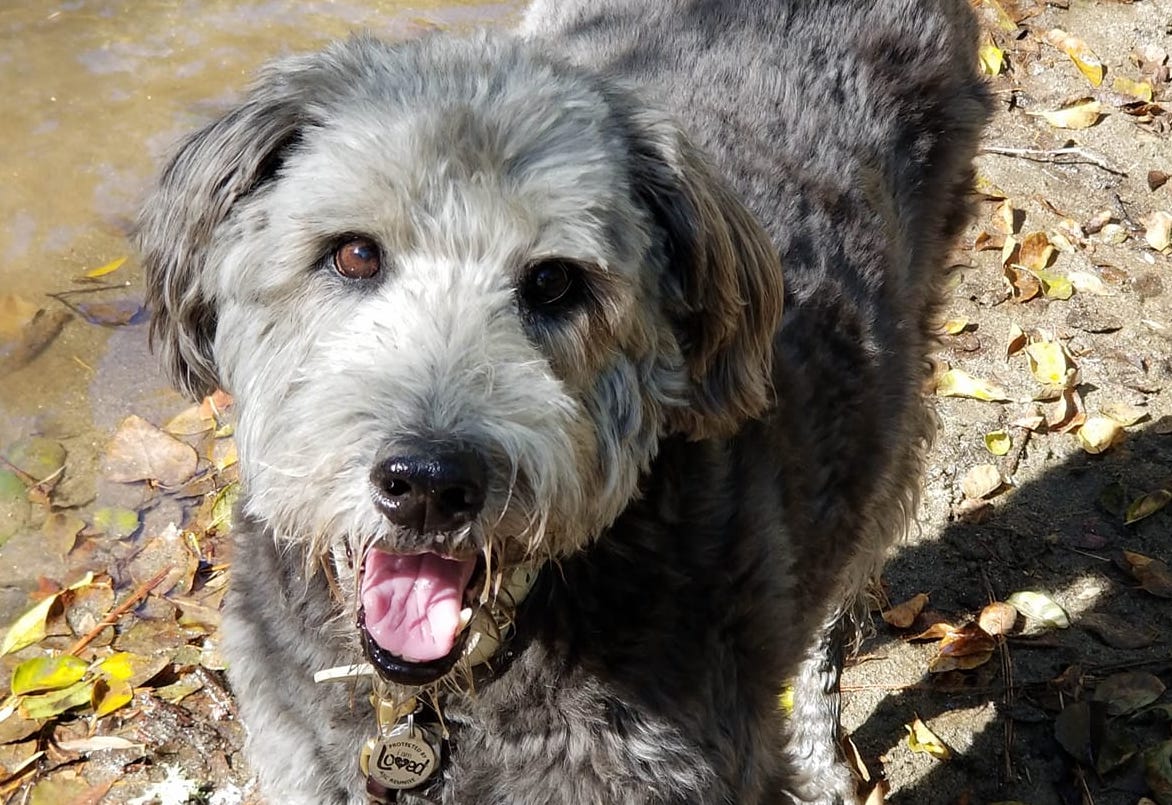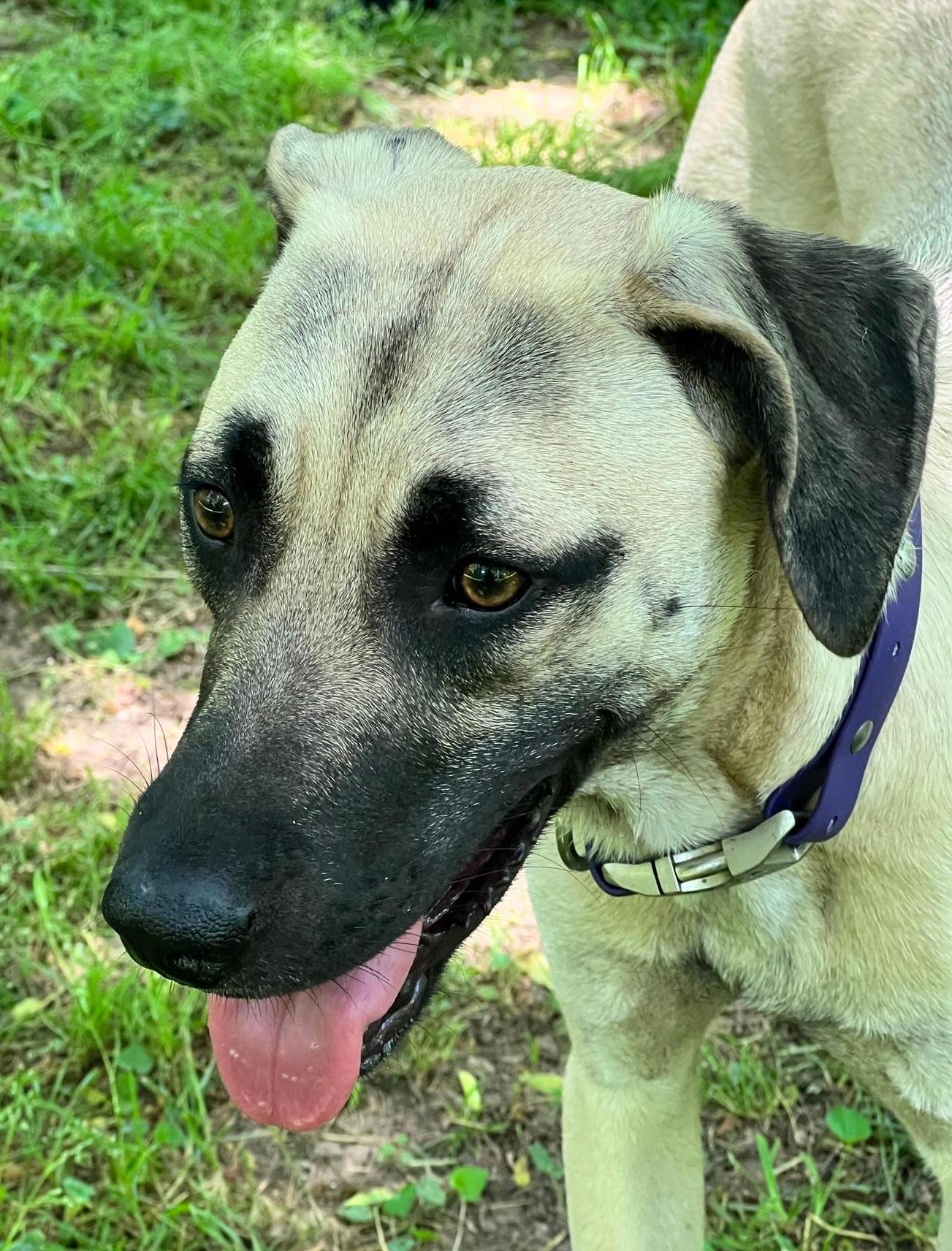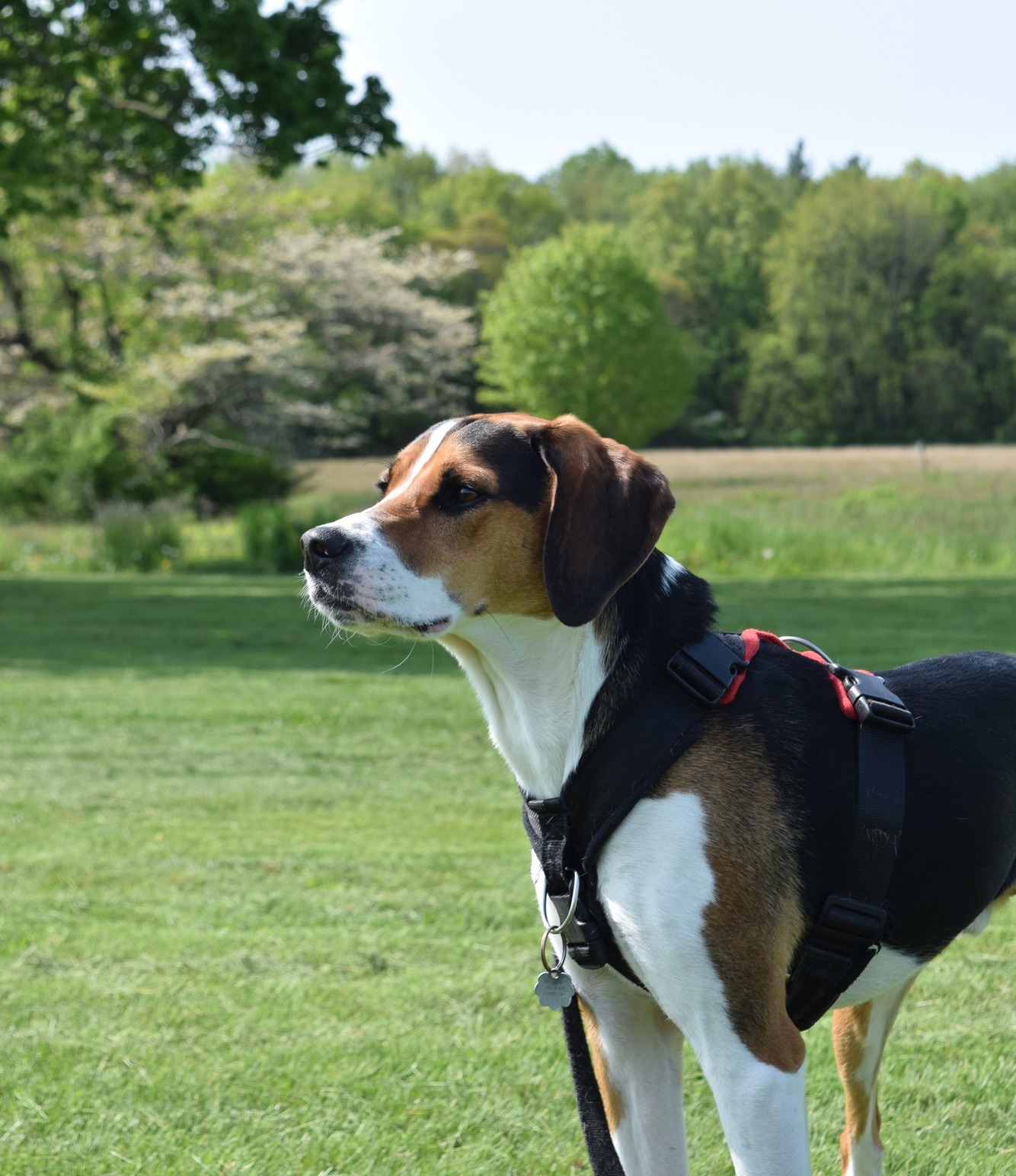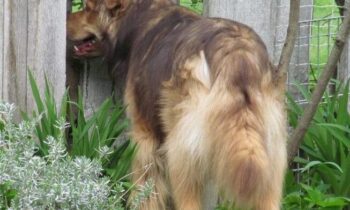

It sounds scientific yet it’s also ancient wisdom. In our recent discussions here about using treats in training animals, several commenters mentioned the Premack Principle when they talked about alternative rewards. We thought it might be a good time to get into that topic again.
Novice dog guardians and first-time pet people, this information is for you!
Micha Michlewicz (Maryland) Premack Principle is basically rewarding a less desirable behavior with a preferred behavior.
■ Eat your vegetables, get dessert.
■ Walk on a loose leash to the fire hydrant, they can sniff it.
■ Come when called, they can be released to go back to playing.
■ Sit at the door, they can go out into the yard.
■ Your parrot steps up on your hand, he can go to his play gym.
■ Your cat waits patiently out of the way while you prepare her food, she can dig in after you give it to her.
You have a never-ending supply of positive rewards to use! I recommend studying your pupil to observe and learn what they tend to enjoy.
Kate LaSala Ctc Csat (Connecticut) Grandma’s rule—eat your broccoli first and then you get ice cream. For dogs, I like to do this for critter recall. Come to me first, then you can chase the squirrel. Gives the dog the outlet to still chase, but gives the critter a head start and really builds a strong recall—good stuff happens when they come to you.
Summer Storm Kingery DVM (North Carolina) Climbing the ladder to enjoy the slide. Hiking the trail to enjoy a view. In dog terms (flyball), “Go over these jumps to get the tennis ball.” In cats, “Climb the tree to get the best vantage point.”
Kat Camplin (California) A higher-probability behavior can reinforce a lower-probability behavior. Eating your veggies gets you dessert.
Shelly Keel (Idaho) Dakota was a dedicated squirrel chaser and got so wound up when they appeared in the yard or on walks. She learned that if when she saw a squirrel she looked at me instead of barking and chasing, she would (in most cases if safe to do so) be given permission to chase the squirrel. For looking away instead of chasing, she got to chase. Disclosure: Dakota’s predatory sequence was reliably limited to see-stalk-chase with never an attempt to grab-catch-kill, so I wasn’t concerned for the squirrels’ safety. Besides, they teased her!

Photo by Shelly Keel
Amy Suggars (Ohio) To me, the Premack Principle can be reduced to the simple principle of “Do what I want so you can get what you want.” I have a retriever; I can ask her a number of different commands that she’ll perform so I’ll throw something for her to retrieve. For example, I’ll ask her to sit/stay. When I release her from the sit/stay, I’ll throw a bumper and she’ll run to retrieve it. The anticipation of the retrieve causes her to comply with the command. She does what I want (the sit) so that she gets what she wants (the retrieve).
Sandie Hanlon (Massachusetts) Go to your mat/bed when you want to bark at the UPS truck? Gets you some yummy treats.
Alisha Ardiana (California) If you come when I call you on the beach, I will let you chase the seagull. In my mind, it’s still just classical conditioning, because one opportunity is a signal for the other. So I reward a behavior with a chance to perform a behavior.
Telani Lasoleille (Tennessee) I used Premack to teach my girl to walk nicely on leash and slow down when I said, “Easy.” She discovered rats near a dumpster where we lived. She learned that “Easy” meant she was about to hit the end of the leash, at which point we would stop walking toward the rat place until she gave me slack. She went from pulling and straining toward the dumpsters, single-mindedly fixated on them, to walking loose leash all the way to the dumpsters to sniff the rats and potentially give a short chase.

Photo by Telani Lasoleille
Jackie Pritchard (Ontario) My northern mix rescue has an insane prey drive. His predatory sequence includes it all: seek, stalk, chase, kill, dissect, eat. He’s been the most challenging of all my dogs. He lived the first five years of his life in a very remote northern community in Canada. Premack was the only thing that worked with him to get him to where he is today. If you eat your veggies, you get dessert. With Bronx, it’s if you can behave nicely with loose leash, you get to sniff where squirrel, rabbit, turtle, snake has been. If you happen to be quicker than Mom and Mom decides it’s okay, you can eat what you’ve caught.
Risë VanFleet (Pennsylvania) Good definitions already. Another example: Wait quietly at the door, door opens and you can run outside.
Diane Garrod (Washington) You do this for me, and I’ll do this for you.
Cheri Spaulding (Oregon) “How can you have any pudding if you don’t eat your meat?”
Aubrey Sancho (Connecticut) While my dog Remus is really motivated by food and treats, asking him to focus in highly distracting environments is difficult because sniffing > food in those scenarios. So I put “Go Sniff” on cue and use it on our daily walks through fields, forests, etc. He’s a Treeing Walker Coonhound/Beagle mix, so instead of trying to out-train his genetics, the Premack Principle lets me put them to good use in reinforcing desirable behaviors. I’ve definitely seen a huge improvement in his willingness to engage and the frequency at which he offers checking in, loose leash walking, etc. once I started incorporating “Go Sniff” into our day-to-day routine.

Photo by Aubrey Sancho
Jody Anne (Missouri) Using a more desirable activity to reinforce (strengthen) a less desirable activity. In humans, my common example is: I don’t care to do dishes. I do love watching (insert favorite show). So I do the dishes and then I allow myself to sit down and settle in to said show. With dogs, I often share about a shelter dog I worked with who really just wanted to mark on everything. I was trying to teach him to walk nicely on leash. So if he walked ten steps with me, I’d allow him to pause and mark whatever we were near—trees, bushes, posts, doorways, cars, etc. Being able to do the marking behavior as payment for walking nicely increased his walking-nicely behavior because now walking nicely led to the activity he really wanted to do. Similarly, one of my fave examples is from Dr. Sophia Yin and her JRT, Jonesy (may they both rest in peace). She would ask Jonesy to heel or stay, and then release him to chase squirrels … when the squirrels were close enough to trees to ensure their safety. Jonesy loved to chase squirrels and he learned if he did the boring thing Mom was asking, he’d get to do the exciting thing he really wanted to do.
Pamela Dennison (New Jersey) Small excerpt from my book, You CAN Train Your Dog! Mastering the Art & Science of Modern Dog Training
The Premack Principle
World renowned psychologist David Premack developed the Premack Principle. It puts forth “the observation that high-probability behavior reinforces low-probability behavior.” Essentially it means this: “Eat your vegetables and you can have dessert.” To make this a bit easier to understand in terms of dog training, high-probability behaviors are what the dog wants; low-probability behaviors are what you want. In this chapter, you’ll learn how to use this principle to get the behaviors you want from your dog.
Eat Your Vegetables First: What You Want
So what do you want from your dog? Think about this—really think. It’s not easy, is it? Write it down if you have to. Come up with some concrete things you want from your dog. Otherwise, you don’t know what you want from your dog! And if you don’t know what you want, how are you supposed to train it? And how the heck is the dog supposed to know what you want? Dogs are very smart and may seem to be “almost human,” but as of yet, I don’t believe that dogs (or spouses or children) can actually read your mind.
Pam Dennison’s Positive Dogs
Positive Methods, Positive Results



